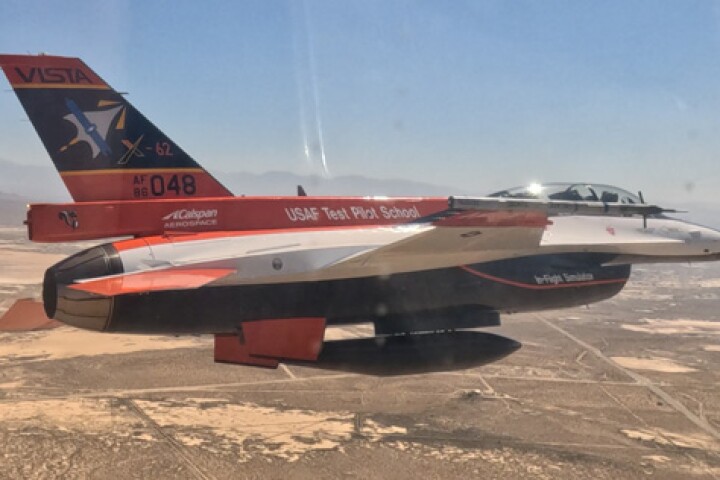As NASA's Dawn deep space mission to Ceres draws to its conclusion, the spacecraft is maneuvering into its closest orbit yet to the dwarf planet. Using its No. 2 ion thruster, the unmanned probe is executing a series of extended correction burns that will send it on a spiraling trajectory to bring it to within 30 miles of the planetoid's surface. This is ten times closer than it has ever been before and will allow it to make.
Things have been a bit quiet for Dawn over the past year as it orbited Ceres once every 30 days at a distance between 2,800 and 24,300 miles (4,400 and 39,100 km), but now the aging craft is slowly moving into its final orbit. Its ion thruster is altering its trajectory in tiny increments until it reaches a point later this month where it will follow an elliptical orbit between 22 and 2,500 miles (35 and 4,000 km), taking 27 hours and 13 minutes.
NASA says this new, close-in orbit will allow the spacecraft to collect gamma ray and neutron spectra data that will provide new insights into the surface composition of Ceres, as well as much more detailed photos of features such as the Occator Crater and its highly reflective salt deposits.

Though the orbital maneuver is slow, the space agency says that it's a tricky one that involved months of calculation of over 45,000 trajectories. This is because the reaction wheels that normally control Dawn's attitude are not operational, so the thrusters must be used as a backup, which complicates the calculations, as does the effect of Ceres' uneven mass and the fact that the spacecraft is not designed to work in such a low orbit.

This is further complicated by the fact that Dawn is 218 million miles (350 million km) from Earth, so a radio message takes 39 minutes to make a round trip. This means that the probe must make all its course corrections autonomously while still maintaining contact with mission control by keeping its radio antenna properly aligned.
"The team is eagerly awaiting the detailed composition and high-resolution imaging from the new, up-close examination," says Dawn's Principal Investigator Carol Raymond of NASA's Jet Propulsion Laboratory (JPL) in Pasadena, California. "These new high-resolution data allow us to test theories formulated from the previous data sets and discover new features of this fascinating dwarf planet."

Dawn was launched on September 27, 2007 from Cape Canaveral, Florida. After making a flyby of Mars on February 4, 2009 in a slingshot maneuver, it went into orbit around the protoplanet Vesta on July 16, 2011, where it carried out a 14-month survey of the surface. Its ion thruster then sent it on a three and a half year passage to Ceres, which it went into orbit around in 2015.
Source: NASA








